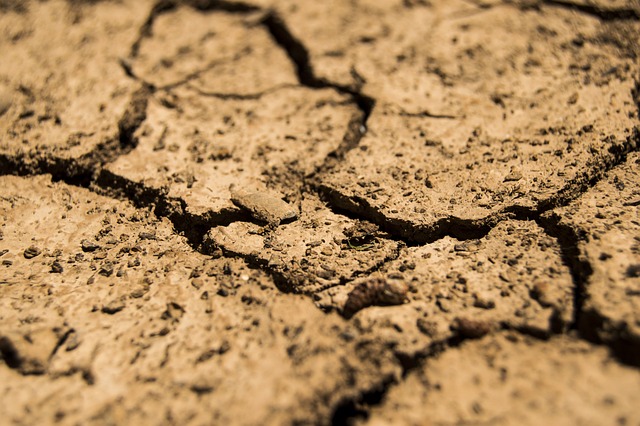We all know that feeling, don’t we? That slight headache, the sluggishness, the nagging thirst that tells us we haven’t had enough water. It’s a common signal our body sends. But what happens when that feeling deepens, when hydration isn’t just something we occasionally forget about, but a critical, life-threatening struggle? This is the realm of pathological dehydration – a severe and dangerous state that goes far beyond simple thirst.
Pathological dehydration isn’t just feeling a bit dry; it’s a condition where the body loses so much fluid and electrolytes that its normal functions are severely impaired. It can happen due to inadequate intake, excessive loss (like severe vomiting, diarrhea, or sweating), or underlying health conditions that disrupt fluid balance. The dangers are real and can affect every system in your body.
The Serious Dangers
When dehydration becomes severe, the consequences can be devastating. Your blood volume decreases, making it harder for your heart to pump blood efficiently. This affects oxygen delivery to your brain, muscles, and organs, leading to confusion, dizziness, and extreme fatigue. Kidney function can decline rapidly, as they struggle to filter waste with insufficient fluid. Electrolyte imbalances, like low sodium or potassium, can disrupt nerve and muscle function, potentially causing seizures or heart rhythm problems. In extreme cases, it can lead to organ failure, shock, and even death.
A Lifestyle Approach to Staying Safe
Preventing pathological dehydration is fundamentally about building a healthy lifestyle that prioritizes hydration, supports overall health, and incorporates smart nutritional choices.
Lifestyle: Making Hydration a Habit
- Consistent Intake: Don’t wait until you’re parched. Sip water throughout the day. Keep a water bottle handy as a constant reminder.
- Listen to Your Body (and Environment): Pay attention to thirst signals, urine color (pale yellow is ideal), and how you feel, especially during hot weather, intense physical activity, or when you’re ill. Increase fluid intake accordingly.
- Plan Ahead: If you know you’ll be in a hot environment or exercising intensely, pre-hydrate and plan how you’ll replenish fluids during and after the activity.
- Monitor Illnesses: Vomiting, diarrhea, and fever can lead to rapid fluid loss. Be proactive about rehydration using water, broths, or oral rehydration solutions.
Health: Recognizing the Connections
- Understand Your Needs: Individual hydration needs vary based on age, activity level, climate, and overall health. Talk to a doctor if you have concerns.
- Manage Underlying Conditions: Certain health issues (like diabetes, kidney disease, or some medications) can affect fluid balance. Work closely with your healthcare provider to manage these conditions and understand your specific hydration requirements and risks.
- Monitor Symptoms: Be aware of the signs of dehydration, including increased thirst, dry mouth, fatigue, dizziness, headache, and decreased urination. Seek medical attention if symptoms are severe or don’t improve with fluid intake.
Nutrition: Fueling Hydration
- Hydrating Foods: About 20% of our daily fluid intake often comes from food. Incorporate water-rich fruits and vegetables like watermelon, strawberries, cucumbers, celery, and oranges into your diet.
- Balance Electrolytes: Electrolytes like sodium, potassium, and magnesium are lost through sweat and urination and are crucial for fluid balance. Get them from a balanced diet including fruits, vegetables, nuts, seeds, and dairy. If exercising intensely for long periods, consider electrolyte-enhanced drinks or snacks.
- Be Mindful of Dehydrating Substances: While moderate consumption is usually fine, excessive intake of alcohol and caffeine can have diuretic effects, meaning they can increase fluid loss. Counterbalance them with water.
- Watch Salt and Sugar Intake: High intake of salt can increase fluid needs. Diets very high in sugar can also impact hydration by affecting kidney function and fluid retention.
Preventing pathological dehydration is an ongoing commitment, woven into the fabric of a healthy lifestyle. By being mindful of our body’s needs, making conscious choices about what we eat and drink, and understanding the warning signs, we can protect ourselves and maintain optimal health and well-being.




